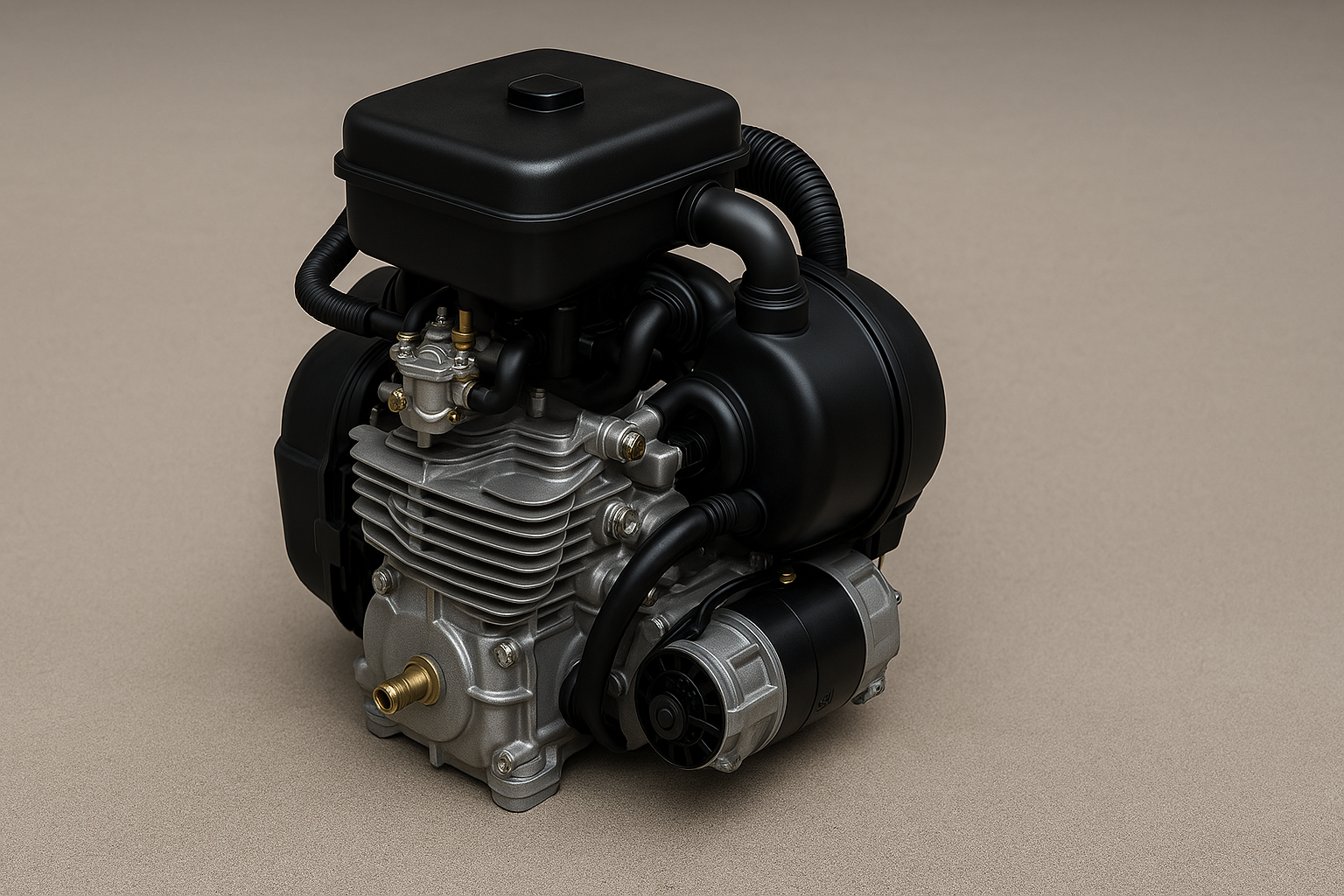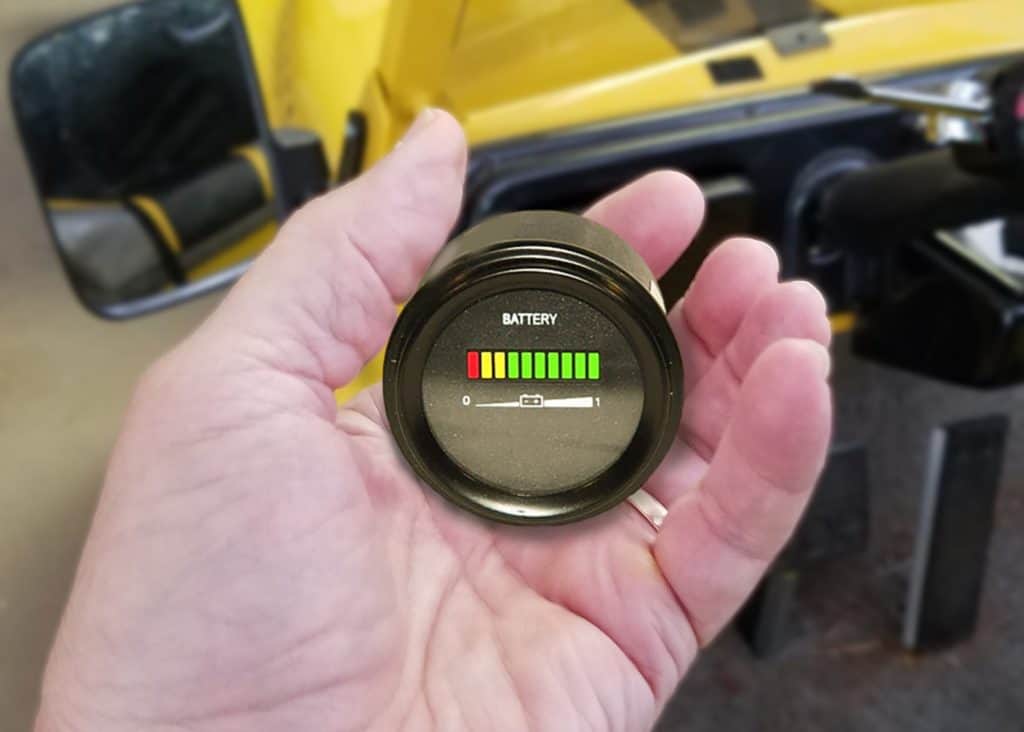Testing golf cart batteries is an essential part of maintaining their performance and longevity. Golf carts rely on deep-cycle batteries designed for consistent power over many charge cycles. Whether you’re troubleshooting a performance issue or performing routine maintenance, accurate testing ensures your batteries deliver optimal performance. This guide explains the process step-by-step, covering preparation, testing methods, and safety precautions.
Key Takeaways
✅ Make sure batteries are fully charged before testing
✅ Let batteries rest for at least 12 hours after charging to eliminate surface charge
✅ Use a digital voltmeter or multimeter for accurate readings
✅ Compare individual battery voltages to identify weak cells
✅ Record and monitor readings over time for battery health tracking
✅ Replace any battery that reads significantly lower than the rest
✅ Test under load for a better picture of battery performance
✅ Regular testing can help extend battery life and avoid unexpected failures
Understanding Golf Cart Batteries
Golf cart batteries are deep-cycle, meaning they are engineered to provide a steady supply of power over extended periods. Unlike car batteries, they are not built for high-current bursts but for consistent performance during operation. Testing these batteries involves evaluating their charge, load capacity, and overall health.
Preparation: The First Step to Accurate Testing
Before diving into testing, preparation is critical. Start by ensuring your batteries are fully charged. A fully charged battery provides the most accurate readings during tests. However, allow the batteries to rest for a few hours after charging to eliminate surface charge, which can artificially inflate voltage readings.
Inspect the terminals for dirt or corrosion. Dirty terminals can interfere with test results. Clean them using a wire brush and a mixture of baking soda and water. In severe cases of corrosion, consider replacing the connectors to ensure reliable testing.
The Voltage Test: Identifying Weak Batteries
The voltage test is a straightforward way to assess the battery’s state of charge and identify weak units in a pack. Use a multimeter to measure the resting voltage of each battery and the entire pack.
- Healthy 6-Volt Batteries: Resting voltage should be approximately 6.3 volts.
- Healthy 8-Volt Batteries: Resting voltage should be around 8.4 volts.
For accurate results, record the voltage of each battery and compare them. If one battery shows a significantly lower voltage, it may indicate a problem.

The Load Test: Evaluating Real-World Performance
While the voltage test provides a baseline, the load test evaluates how well the battery performs under real-world conditions. Use a load tester to apply a controlled load for 10–15 seconds and observe the voltage drop.
- Healthy 6-Volt Batteries: Voltage should not drop below 5.0 volts.
- Healthy 8-Volt Batteries: Voltage should remain above 7.0 volts.
If a battery’s voltage drops below these thresholds, it indicates reduced capacity and may require replacement. In the absence of a load tester, you can simulate a load by driving the golf cart and monitoring voltage drops with a multimeter.
Specific Gravity Test: Assessing Electrolyte Health
For flooded lead-acid batteries, the specific gravity test is an effective way to measure the density of the electrolyte. This indicates how well the battery is holding a charge. Use a hydrometer to draw electrolyte from each cell and compare the readings.
- Fully Charged Cells: Readings should fall between 1.265 and 1.299.
If the specific gravity on golf cart batteries varies significantly between cells, it may indicate sulfation or uneven wear. Note that lithium and sealed or AGM batteries cannot be tested this way, as their design prevents access to the electrolyte.
Addressing Weak Batteries
If one battery in the pack is weaker than the others, it can create an imbalance that affects overall performance. Replacing the entire pack is often recommended to maintain uniformity, though reconditioning may temporarily revive a weak battery. However, mixing old and new batteries often results in uneven wear and reduced lifespan for the entire pack.
Safety Precautions: Protect Yourself and Your Equipment
Testing golf cart batteries involves handling high-voltage systems and potentially hazardous chemicals. Always prioritize safety by following these precautions:
- Wear gloves and eye protection to guard against acid spills and fumes.
- Test batteries in a well-ventilated area to prevent gas buildup.
- Use insulated tools to avoid accidental short circuits.
Double-check your connections and polarity during testing. Incorrect wiring can damage your equipment or lead to dangerous sparks.
Tips for Long-Term Battery Maintenance
Only one part of maintenance is testing golf cart batteries. Other parts to extend a battery’s lifespan include:
- Charge batteries regularly, even during periods of inactivity.
- Avoid deep discharges below 50% capacity.
- Store batteries in a cool, dry place to prevent heat damage.
Regularly inspect the water levels in flooded batteries and top them off with distilled water as needed. Overfilling or using tap water can damage the cells.
Frequently Asked Questions
1. How often should I test my golf cart batteries?
Testing every three to six months is recommended, especially during heavy use periods.
2. Can I test sealed or AGM batteries with a hydrometer?
No, sealed or AGM batteries do not allow access to the electrolyte. Voltage and load tests are the primary methods for these types of batteries.
3. What if my batteries fail the load test?
Batteries that fail the load test may need replacement. If only one battery fails, consider replacing the entire pack to avoid imbalances.
Battery Testing – Final Thoughts
Testing golf cart batteries doesn’t have to be complicated. By following the steps outlined in this guide—voltage testing, load testing, and specific gravity checks—you can accurately assess the health of your batteries and ensure your golf cart operates at peak performance. With proper preparation, consistent maintenance, and attention to safety, you’ll extend the life of your batteries and avoid unnecessary replacements.




